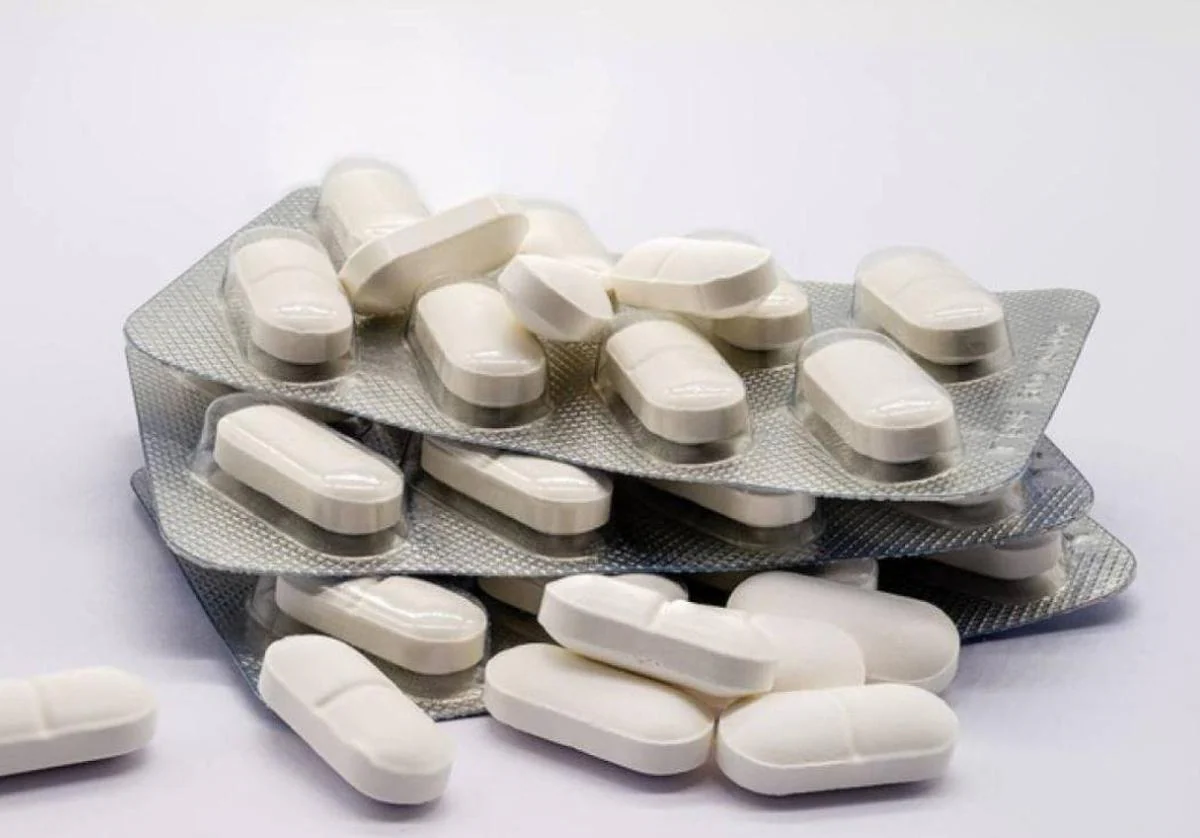Some people turn to them at the slightest symptom, and according to the Organization of Consumers and Users (OCU), this is a mistake. We’re talking about antibiotics, and while they’re widely used, they’re not effective for all conditions. The OCU reminds him, emphasizing the warning: “They are only effective against bacteria, not infections caused by viruses. It is a very bad idea to resort to them: not only will they not cure your disease, but they will also produce superbugs.”
As the group notes, “This is a grave mistake not only because they are absolutely ineffective against viruses rather than bacteria, but because the only thing that can be achieved by taking antibiotics when they are not necessary is to create bacterial resistance, thus And when you really need them, they’re not going to help you at all.” Next, the group recalled five cases in which antibiotics were of little use. …
-
Flu: Better painkillers
Fever, cough, sore throat, nasal congestion (with or without discharge), muscle aches, headache, tiredness, and sometimes vomiting or diarrhea are all symptoms of the flu, which is an illness caused by a virus, so antibiotics cannot Improve symptoms.
The OCU recommends seeing your doctor “if you develop persistent high fever, difficulty breathing, seizures, neck stiffness, sensitivity to light, or changes in heart rhythm (arrhythmia).” Also remember to wash your hands frequently and not to share food or utensils. Other suggestions are to keep the room well ventilated, drink plenty of fluids and rest.
to do?Fever reducers and pain relievers can be given for fever and pain.
-
Sore throat: pain reliever or fever reducer
If we have a sore throat, difficulty swallowing or swollen tonsils, fever, headache, tiredness, malaise… probably acute pharyngitis. It may be accompanied by other typical symptoms of a respiratory infection, such as a cough or nasal congestion.
“It’s mostly caused by a virus and antibiotics don’t work against it. to do? The treatment of viral pharyngitis is purely symptomatic, with analgesics, antipyretics, liquids, sweets to soften if necessary … it will disappear after 5-7 days ».
-
Acute sinusitis: Pain relievers or antihistamines
Sinusitis is an inflammation of the mucous membranes of the sinuses: when it lasts less than 4 weeks, we call it acute sinusitis.
It is usually of viral origin and is associated with colds. It produces congestion and mucus, upper teeth discomfort, facial pain, fever, tiredness, cough, ear pressure, headache and loss of smell…
to do? Pain relievers, antihistamines, decongestants, and saline nasal washes can relieve symptoms. Sinusitis usually resolves on its own within 7-10 days. If it doesn’t improve after a while, see your doctor for bacterial infection.
-
Cough: How to Relieve a Cough
Initially, the cough is usually the result of a viral respiratory infection. It can last 3 or 4 weeks: it’s its natural course and antibiotic treatment won’t make it go away any faster.
what can we do? To relieve or improve discomfort, “you can take honey (from 12 months), humidify the environment, or drink enough fluids. There are also some drugs that can be used, but they are often ineffective and have side effects. Weeks, accompanied by fever, difficulty breathing, general malaise, chest pain, wheezing when breathing, you must see a doctor to investigate the cause. “
-
High fever: Paracetamol or ibuprofen
Fever is not an illness itself, but a symptom that indicates the body is responding to an attack. what is the reason? Finding out isn’t always easy, and facing it can be worrisome.
what can we do? For children under 3 months, a pediatrician should always be consulted. In older children, if the condition is normal and there are no other alarm symptoms, wait 24-48 hours before seeing a doctor and try paracetamol or ibuprofen syrup for pain or discomfort.
Alarm symptoms that require immediate emergency room visits are: low level of consciousness, stiff neck, headache, severe vomiting, difficulty breathing, dehydration, red spots on the skin, extreme weakness.
-
Got otitis media how to do?
There were five, but the OCU indicated that there was something wrong with the sixth: acute otitis media, an inflammation of the area in the middle of the ear canal that is characterized by the presence of an exudate. “This is common in childhood and causes ear pain, crying and irritability, as well as fever or vomiting. This type of infection may have a viral or bacterial origin, and depending on the source, antibiotics are appropriate,” they said.
Suffering from acute otitis media how to do? Generally, in people over the age of 2, the symptoms resolve on their own within 3 or 4 days without consequence, requiring paracetamol or ibuprofen for pain and fever. “Typically, the evolution of the condition is observed and if it worsens, antibiotics are given,” the group added.
“In children younger than 2 years of age and in children with severe or bilateral AOM, antibiotic therapy is usually prescribed because spontaneous healing is rare,” the OCU said.

